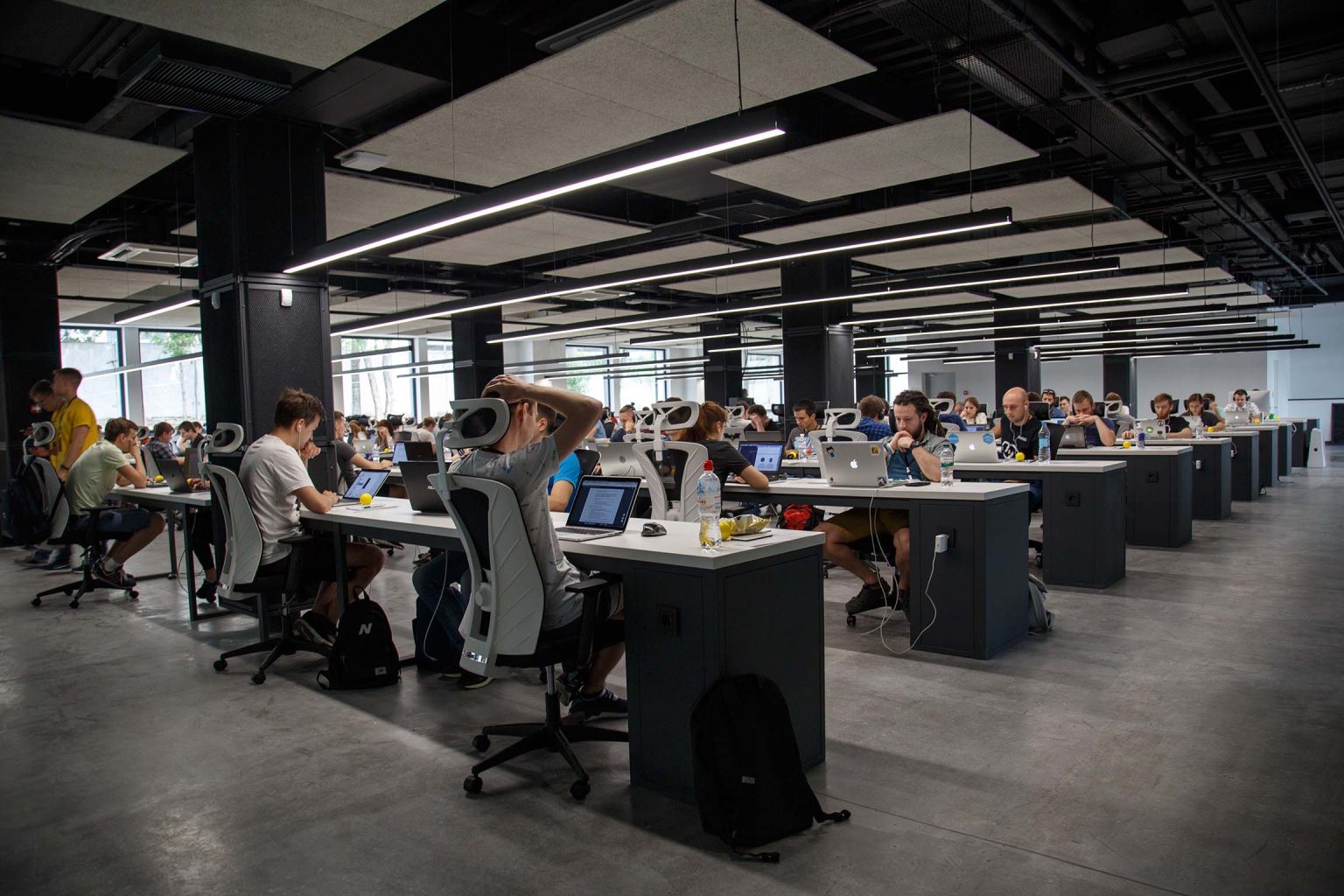As company after company orders people back to the office this month, none seem to realize that they’re sending their company backward by doing so.
The past two years were not an aberration to overcome but an accelerator of positive change that moved companies toward a flexible future, leaving behind cubicle farms and corner offices to gather dust in a museum right next to the fax machine.
It’s surprising that companies haven’t applied to employees what they recently learned about customers: You can’t dictate where, how, or when people act. Instead, you must meet them where they are. Companies now have mobile apps and e-commerce platforms for customers to order anytime, anywhere, instead of before the doors close at five o’clock at the brick-and-mortar shop of days gone by. Why can’t companies think the same way about their employees?
When we surveyed more than 2,000 executives around the world about how they navigated the crisis, we found that collaboration isn’t about where you work, but how employees show up to work. Physical distance no longer matters. Instead, we need to think in terms of strategic distance (the gap between what your team is doing and what your company needs), operational distance (between team members’ objectives and vision), and affinity distance (between their cultural and communications styles).
We found that the highest-performing remote teams—the ones smart about remote—did create strong operational cultures that guided them to remarkable success, regardless of their individual locations. Dow Chemical redesigned its digital engagement strategy to forge stronger ties with its clients and other external partners, generating 80% more business leads in 2020 than in previous years. When NI (formerly National Instruments) moved to a remote collaboration model, it enjoyed dramatic increases in key team performance indicators such as candor, collaboration, and accountability.
Some argue that such successes were a pandemic by-product, bonds forged in the crucible of crisis. This is wrongheaded, and not simply because it romanticizes in-person teams’ cohesiveness and effectiveness—which, our data shows, were low before the pandemic, to begin with. We can do better if leadership teams purposefully reassess ossified assumptions about collaboration and actively adopt new ways of working, with an eye toward deliberately deepening relationships.
Other critics point to “Zoom gloom” and the drain too many are feeling after a day of staring at faces in boxes. The gloom was their own doing because they tried to layer digital tools on top of outdated workflows, re-creating the analog workday online.
Instead, we must redesign how we work around the tools of the 21st century. The notion that innovation and collaboration start with a meeting is a myth, for example. Meetings beget meetings, often because you didn’t identify the right problem to solve in the first meeting, or didn’t invite the right people, or couldn’t elicit the best ideas. Instead, broaden your collaboration efforts virtually before you even have a physical meeting. Leverage new digital work tools like virtual whiteboards, breakout rooms, and asynchronous decision boards to find the best people with the best ideas—regardless of where any of you are.
You’ll be more effective, more inclusive, and get better results because people can be bolder and heard better. Our data shows that a digitally native workflow, instead of porting over industrial-age routines, radically increases predictors of success such as energy, candor, and relationships.
We should stop repainting our old car when we’ve got a spaceship sitting in the garage.
If you work at a company that continues to resist modernity, you can exercise your choice to work elsewhere. That is what the Great Resignation is about: 47 million people (and counting) voting with their feet for better workplaces. Smart companies—like General Motors, Unilever, and Amazon—are figuring out how to make flexibility work for them, giving them an edge in bottom lines and recruitment.
Our main point isn’t that flexible work works better, although our research found that to be true. What’s more important is that we update not just our workplaces but the mindset that leads them.
Telling people how to behave is the kind of backward thinking we need to free ourselves from. We should be considering how to lead our employees forward, not ordering them “back to work!”
Keith Ferrazi is the chairman of Ferrazzi Greenlight and its Research Institute, which helps organizations achieve their goals. Formerly he was the CMO of Deloitte and Starwood Hotels. Kian Gohar is the founder of Geolab, an innovation collaborative helping high-growth companies scale human capital. He is formerly an executive director of the XPRIZE Foundation and Singularity University. They coauthored the new book Competing in the New World of Work.






